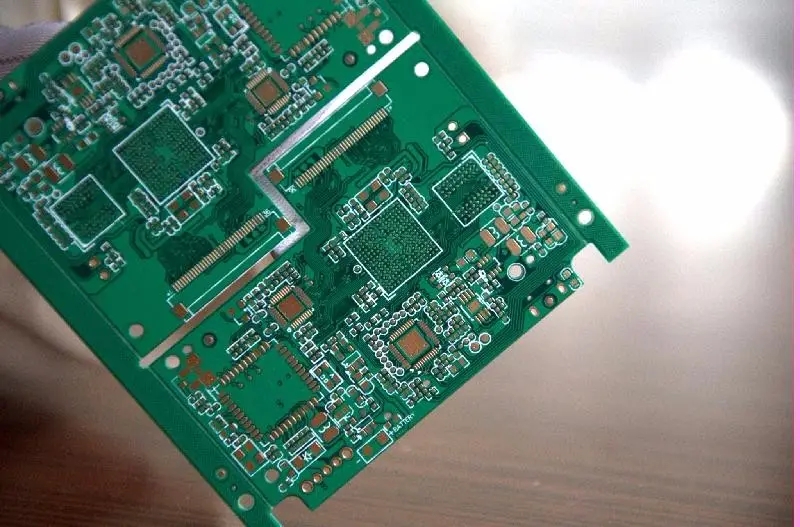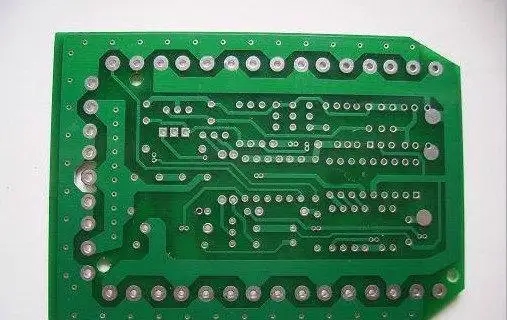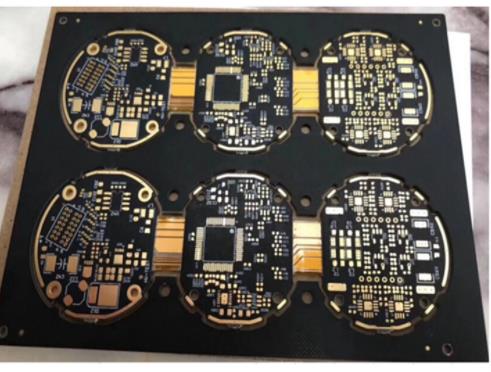
Explanation on hot air leveling technology of high-frequency circuit board
circuit board manufacturing, circuit board design and PCBA processing manufacturers explain the hot air leveling technology of high-frequency circuit boards
printed circuit boards, also known as printed circuit boards, are providers of electrical connections for electronic components.
printed circuit board is usually represented by "PCB", not "PCB".
PCB design is mainly layout design; The main advantage of using circuit board is to greatly reduce wiring and assembly errors, and improve the automation level and production labor rate.
High Frequency Circuit Board is a special circuit board with high electromagnetic frequency. Generally speaking, high frequency can be defined as the frequency above 1GHz. Its physical performance, accuracy and technical parameters are very high, and are commonly used in automotive anti-collision systems, satellite systems, radio systems and other fields.
There are many kinds of surface treatment technologies for high-frequency circuit boards. We have already introduced the methods of packaging components to the substrate, mainly including THT and SMT. So, if there is residual solder on the high-frequency circuit board and it needs to be removed, what method should be used? At this time, the high-frequency circuit board will use hot air leveling technology.

The surface treatment of high-frequency circuit board is also called hot air leveling, which is also called tin spraying. The process is: dip solder on the printed circuit board, put it into the molten solder for dip coating, and then pass between two air knives. Use the hot compressed air in the air knife to blow off the excess solder on the printed circuit board, and at the same time remove the excess solder in the metal hole, so as to obtain a bright, flat and uniform solder coating.
Compared with other processes, hot air leveling is relatively simple. However, many programs and their coefficients need to be well controlled to produce high-quality high-frequency circuit boards. Otherwise, any problem may affect the overall quality of high-frequency circuit boards. The procedures to be noted and their coefficients are mainly as follows:
1. Tin dipping time
During dip welding, the base copper and the tin in the solder will form a layer of metal compound, and a layer of solder coating will be formed on the wire at the same time. The longer the tin dipping time is, the thicker the solder is. If the time is too short, it is easy to have half dipping, causing local tin surface whitening. Generally, the tin dipping time is controlled within 2-4 seconds.
2. Bath temperature
The temperature of the tin bath needs to be controlled within a certain range. If it is too low, it is not enough to work. If it is too high, the substrate will be damaged, and the tin alloy and copper will react. Generally, the temperature is controlled at about 230-250 ℃.
3. Blowing time
The blowing time of the air knife mainly affects the coating thickness of the solder. If the time is long, the coating is thinner, and the coating in the hole is also thin. If the time is short, irregular hole plugging will occur. Generally, the blowing time of the air knife is 1-3 seconds.
4. Air knife pressure
The function of the air knife is to blow off the excess solder and conduct the metallized hole, so as not to reduce the aperture of the metallized hole too much. Generally, the air knife pressure is controlled at 0.3-0.5mpa.
5. Air knife temperature
The temperature of the air knife has a certain impact on the appearance of the leveled solder coating. If the temperature is too low, the coating surface will become dark, and if the temperature is too high, it will cause damage. The air knife temperature is generally controlled between 300 ℃ and 400 ℃.
6. Air knife angle
If the angle of the air knife is too high, the hole will be blocked. If the angle is not adjusted properly, the solder thickness on both sides of the board will be different, and the molten solder will also splash. Generally, the front air knife is 3-50 ° and the rear air knife is 4-70 °
PCB manufacturers, PCB designers and PCBA manufacturers will explain the hot air leveling technology for high-frequency PCB.






